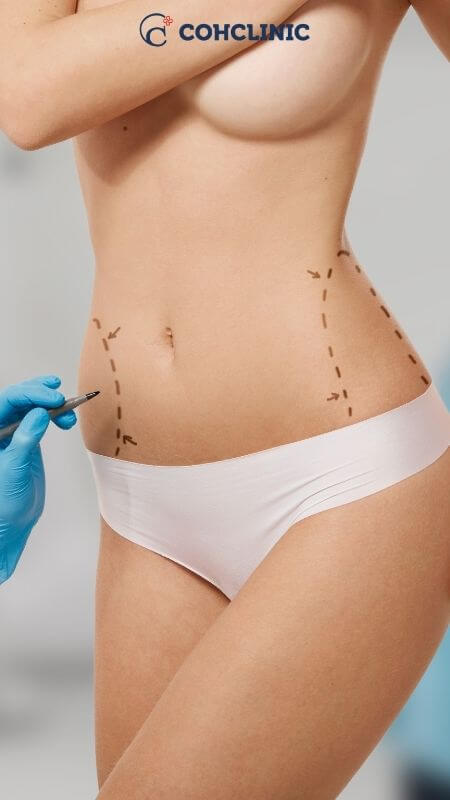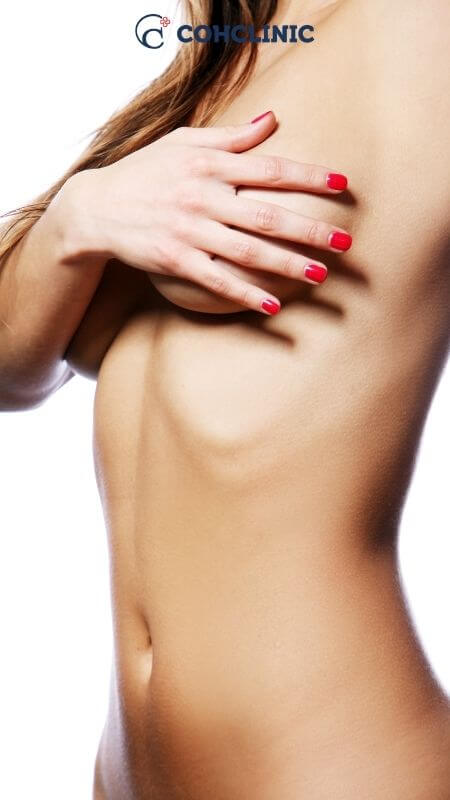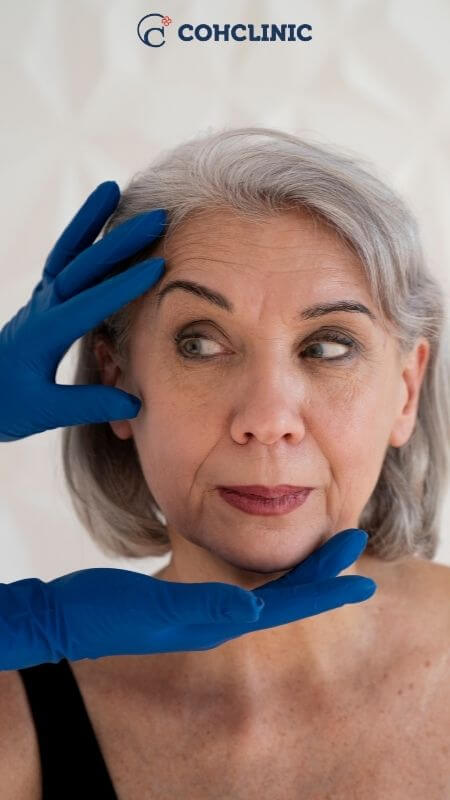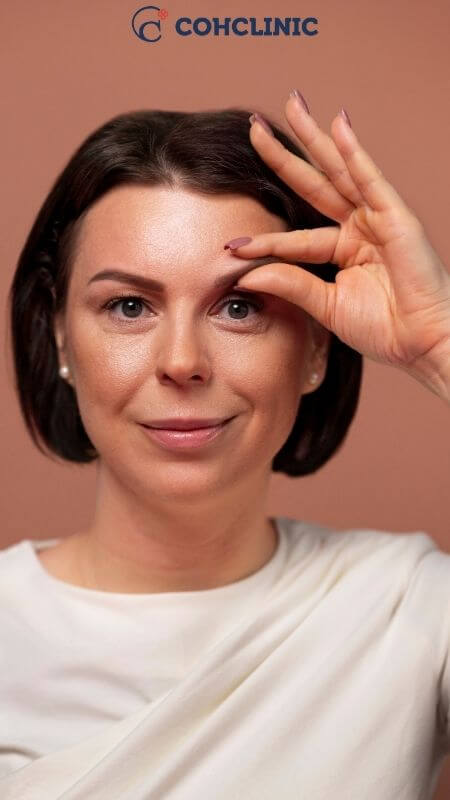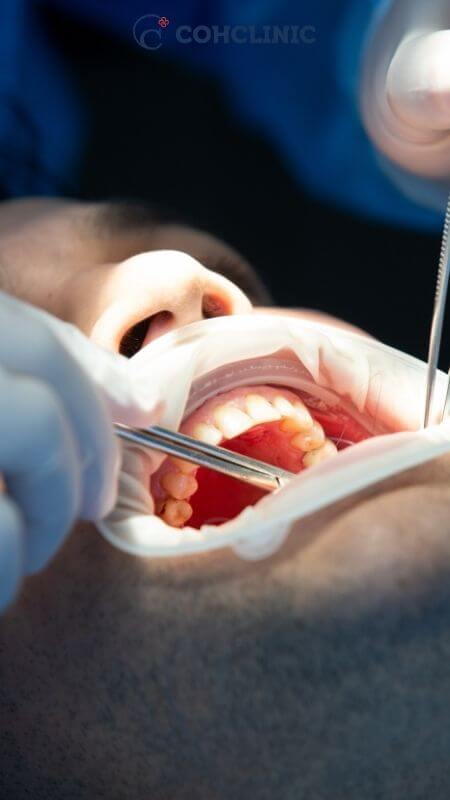Lower blepharoplasty is a surgical technique that improves the look of the lower eyelids. This cosmetic surgery is used to treat issues such as extra skin, wrinkles, and fat deposits around the lower eyelids. The objective is to achieve a more renewed and youthful appearance by eliminating or relocating superfluous tissue and enhancing the overall shape of the lower eyelids. Lower eyelid blepharoplasty procedures may involve the removal of extra skin, the redistribution or removal of fat, and the tightening of underlying muscles. Individuals who want to diminish indications of age or improve the aesthetic balance of their eyes and surrounding areas frequently choose this surgery.
Why do people get lower blepharoplasty?
The phrase “lower blepharoplasty” refers to a variety of surgical methods used to improve the appearance of the lower eyelids. Lower blepharoplasty was historically associated with a reduction-focused strategy in which skin and/or fat removal treated lower eyelid creases, superfluous skin, and bulging fat.
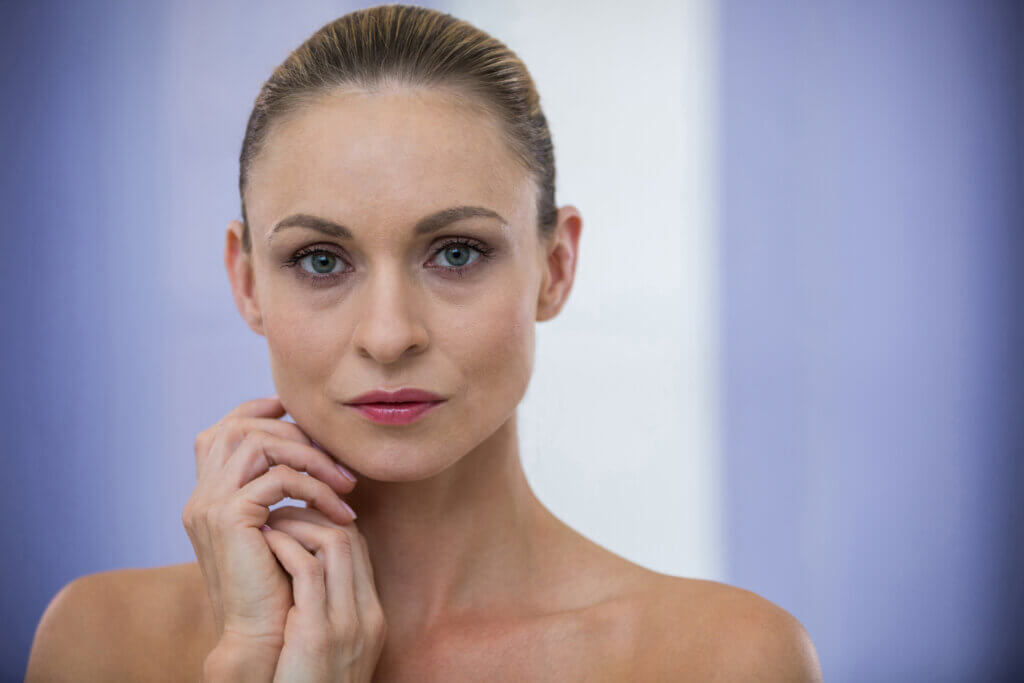
What is the best age for lower blepharoplasty?
Sagging eyelids typically become noticeable after the age of 30. While this age is considered optimal for blepharoplasty, individuals younger than 30 may still undergo the procedure. Nevertheless, the majority of plastic surgeons advise a minimum age of 18 for those considering this treatment.
At what age should you get a lower blepharoplasty?
Although many individuals contemplate eyelid surgery in their 30s and 40s, there are no strict guidelines regarding the appropriate age. The ideal age is simply when you feel the need for eyelid tightening and rejuvenation.
How do I know if I need a lower blepharoplasty?
If you have dark circles, rings, or bags under your eyes, they are frequently caused by shadows generated by indentations. Another change in the tear troughs is the development of under-eye “bags,” which are pockets of bulging fat behind the lower eyelids.
What are the 2 types of lower blepharoplasty?
The transconjunctival approach is favored over the transcutaneous approach due to its simplicity, quicker surgical technique, and potential for reduced postoperative scarring and ectropion. Nevertheless, it’s important to note that the transconjunctival approach should not be regarded as a replacement for the transcutaneous approach.
What is the best technique for lower blepharoplasty?
The transconjunctival approach stands out as a widely favored technique for lower eyelid blepharoplasty. It proves to be an excellent choice for patients without surplus lower eyelid skin but with an abundance of lower eyelid fat prolapse.
Which is more expensive upper or lower blepharoplasty?
The cost of lower blepharoplasty procedures is generally higher than that of procedures performed on the upper eyelids. This is attributed to their increased complexity and the frequent need for general anesthesia, which contributes to the overall expenses.
Does lower eyelid surgery make you look younger?
Blepharoplasty imparts a tightened, rejuvenated look to the skin around the eyelids, yielding enduring results. This procedure applies to both upper and lower eyelids, delivering a significantly more youthful appearance.
Does lower blepharoplasty make the eyes bigger?
Indeed, double eyelid surgery (comprising upper and lower blepharoplasty) can create the illusion of larger eyes by removing surplus skin and addressing sagging skin around the eyes. Nonetheless, it’s essential to grasp a couple of key points. Firstly, it’s crucial to note that no procedure can genuinely increase the size of your eyes.
Does lower blepharoplasty change eye shape?
Blepharoplasty is applied to enhance the natural appearance of your eyes, giving them a more open, alert, and vibrant look. Importantly, it does not bring about any structural alterations to the inherent shape of your eyes.
Do they remove the skin in a lower blepharoplasty?
By excising and removing both skin and adipocyte fat and reinforcing the associated muscle and tendon tissues, blepharoplasty effectively addresses both functional and cosmetic issues in the periorbital region. This area spans from the eyebrow to the upper part of the cheek.
How painful is a lower blepharoplasty?
While some swelling and bruising may occur, most individuals do not endure significant pain. Utilizing ice packs and elevating the head can effectively minimize swelling and expedite the recovery process.
How safe is lower eyelid surgery?
Blepharoplasty, like many other surgical procedures, is a safe and effective operation. Typically, lower eyelid surgery requires more precision than upper eyelid surgery due to potential complications related to the lower lid’s pull.
What happens in lower eyelid surgery?
For the lower lid, the surgeon creates an incision just beneath the lashes within the eye’s natural crease or inside the lower lid. Excess fat, muscle, and sagging skin are either removed or redistributed by the surgeon, followed by the closure of the incision.
Can you do lower blepharoplasty twice?
Although the procedure is generally regarded as a durable treatment solution, a subset of patients undergo lower eyelid surgery for a second time. While infrequent, some individuals may choose to undergo revisionary eyelid surgery. Those contemplating the procedure may have undergone their initial surgery at an earlier stage.
Can you get a lower Bleph twice?
Certainly, when conducted by a highly skilled oculoplastic surgeon, a revision blepharoplasty procedure is considered safe. Blepharoplasty, regardless of its form, is a delicate operation, and rectifying mistakes is not a straightforward task. Not every cosmetic eyelid surgeon possesses the requisite skills for performing this intricate and complex surgery.
How long does lower blepharoplasty last?
Upper eyelid repair often offers effects that last five to seven years. Lower blepharoplasty, on the other hand, produces long-lasting results because of the removal of extra subcutaneous fat, which lasts a lifetime.
Can lower blepharoplasty go wrong?
Lower eyelid retraction represents a serious consequence arising from unfavorable outcomes in blepharoplasty, leading to a downward pull of the lower eyelid. This complication is predominantly observed in cases where patients have undergone a transcutaneous approach to lower eyelid surgery. This approach involves performing the procedure through the skin of the lower lid.
Why do my eyes look smaller after lower blepharoplasty?
It’s typical for the eyelids to experience swelling after the procedure, leading to a temporarily closed and “smaller” appearance of the eyes during the initial recovery phase. As the swelling subsides, the eyes will reveal a beautiful, rejuvenated look.
Are there stitches with lower blepharoplasty?
In this form of lower eyelid blepharoplasty, plastic surgeons frequently employ dissolvable stitches that gradually disappear over several days. Despite the presence of an external scar, it typically fades and becomes inconspicuous with time.
What do you look like after lower eyelid surgery?
The technique comprises the removal of drooping skin and muscles, as well as the repositioning or removal of fat behind the eyes, resulting in a more rejuvenated look. Following the procedure, the under-eye region will seem smoother and less puffy, giving it a more youthful appearance.
How long will my eyes be swollen after lower blepharoplasty?
The swelling is expected to diminish gradually over the next two weeks, with complete resolution potentially taking up to 6 to 8 weeks. Bruising, on the other hand, tends to fade more quickly, typically resolving within one or two weeks. Overall, this should minimally affect your daily activities.
Why do my eyes look weird after lower blepharoplasty?
Temporary alterations in eye shape may occur in the short term following eyelid surgery, attributed to bruising and swelling. The repositioning of the eyelid is typically a transient effect, resolving for the majority of patients within about six weeks.
What will I look like immediately after lower blepharoplasty?
Following the surgery, your incisions will be noticeable due to bruising, swelling, and stitches. However, the majority of patients find that once the healing process is complete, they are usually unable to discern any lower blepharoplasty scars.
What should I avoid after lower blepharoplasty?
Refrain from engaging in intense physical activities, including athletics and intercourse. Light walking is permissible three days post-surgery, while aerobic exercise, weight training, heavy lifting, and strenuous activities can be gradually resumed three weeks after the procedure.
Does fat grow back after lower blepharoplasty?
Following lower blepharoplasty, once fat is removed, it does not regenerate. After the full recovery from your eyelid surgery, you can take comfort in the assurance that this fat will not come back, allowing you to enjoy the results for many years.
Is lower eyelid surgery worth it?
Eyelid surgery offers a valuable opportunity for individuals seeking to improve the aesthetic attractiveness of their eyes, leading to lasting results and a significant increase in self-confidence. Nonetheless, it is crucial to stay aware of potential risks and to make an informed decision by choosing a qualified and skilled surgeon. For more information, please contact us at +90 (536) 934 6524.
Frequently Asked Questions
What is scarless lower blepharoplasty?
What is scarless lower blepharoplasty?
To remove under-eye bags without leaving an unsightly scar outside of the eye, an incision must be made in the conjunctiva, which is the mucosal layer on the inside of the lower eyelid.
How long does it take to see results from lower blepharoplasty?
How long does it take to see results from lower blepharoplasty?
Patients typically begin noticing changes within 1-2 weeks following the surgery, with the final results becoming apparent over 4-6 months.
Can lower blepharoplasty reversed?
Can lower blepharoplasty reversed?
Surgical procedures are irreversible; however, in numerous instances, revision surgery can be performed to address any unsatisfactory outcomes. It is advisable to wait until your eyes are fully healed before contemplating revision surgery.
